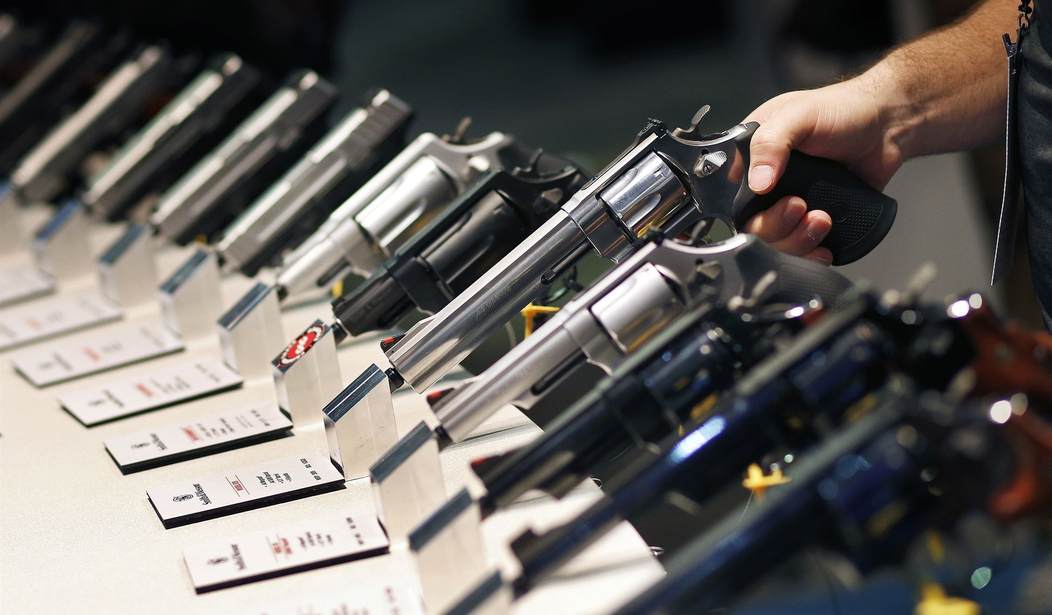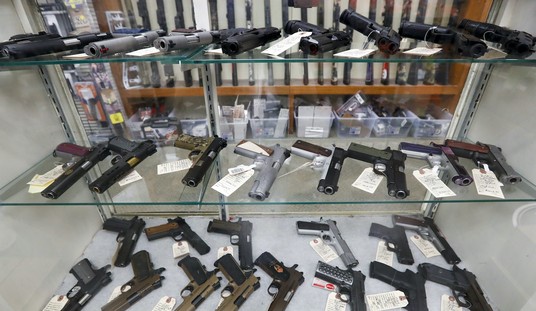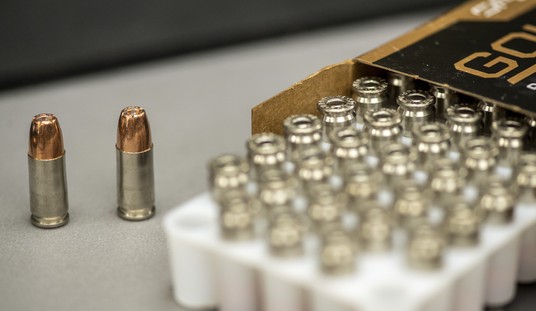We often think of Canada as a peaceful place. Compared to Chicago, Detroit, or Baltimore, it is. However, they’re not without issues. Among them, they have a fairly high rate of violent crime that, while dwarfed by ours, is still high enough to be of concern.
Unsurprisingly, this likely helped fuel demands for the ban of AR-15s and similar styles of rifles up that way.
However, an actual expert on violent crime has thoughts that are quite interesting.
The topic of gun control came up briefly near the start of the federal leaders’ debates last week – and, as a gun-violence scholar, I found myself feeling oddly ambivalent.
On one hand, I was happy to see leaders debating what they would do to reduce gun deaths in Canada; this is an urgent conversation that we need to be having in this country, which in 2010 had the fifth-highest rate of gun deaths among Organisation for Economic Co-operation and Development nations. On the other hand, I was disappointed to see the debate focus exclusively on the Liberal government’s order-in-council banning around 1,500 semi-automatic rifles.
Don’t get me wrong: This is an important part of a broad gun-violence discussion. But rifles account for a minority of total gun deaths in Canada each year. In 2018, rifles were used in only 22 per cent of the 249 total fatal shootings, according to the most recent publicly available data from Statistics Canada. And while public attention tends to swing to semi-automatic-weapon controls because they are often used in tragic mass shootings, our piqued attention on these kinds of guns also blinds us to other kinds of gun violence – especially gun suicides, which actually make up the lion’s share of gun deaths in Canada.
Although Statistics Canada does not categorize suicides by method, a report in Health Studies – a peer-reviewed journal of population health and health services research from a division of Statistics Canada – found that in each year from 1979 to 2002, about four-fifths of all firearms-related deaths were suicides. Provincial data confirms this pattern; a 2020 study published in the Canadian Medical Association Journal found that suicides accounted for 67 per cent (1,842) of the total number of gun deaths in Ontario between April, 2002, and December, 2016.
Doesn’t this all sound awfully familiar?
In 2019, rifles were used in 364 homicides. Handguns were used in 6,368. Another 3,281 were committed with unspecified firearms, which is likely a mix of rifles, handguns, and shotguns. Either way, the majority of homicides here are also committed by people using handguns.
Which only makes sense, really.
Handguns are easier to carry unobserved. If you’re targeting someone you want to kill, you’re not likely to advertise you have a weapon any sooner than you have to. Additionally, carrying a gun means targets of opportunity are an option, which isn’t a thing when you have to dig out a rifle.
While anti-gun folks love to make a thing about so-called assault weapons, they really do only account for a small number of homicides each year. The fear comes from the fact that when they’re used, all too often it’s as part of some horrible mass shooting that makes the headlines and people hear about AR-15s and murder in the same sentence so much it makes an impression.
Yet even then, that’s only part of the story.
Mass shooters also overwhelmingly prefer handguns. Between 1982 and May 2021, rifles were used in 49 mass shootings. That’s just over one per year on average. Contrast that with the 97 mass shootings that used handguns.
So yeah, all the scary talk about “assault weapons” really is just a deflection.
Unlike here, though, Canada does have some people talking about trying to ban handguns. It’s a topic and there’s a strong possibility it will happen, too, in part because Canada has neither the Second Amendment nor the Heller decision to protect the right to keep and bear arms, particularly handguns.
But the above quote also mentions suicides, noting that four-fifths of all “gun fatalities” in Canada are suicides. Here, the numbers are closer to two-thirds, but it’s interesting that we both have such a high percentage of suicides among so-called gun fatalities. It should be noted that Canada spends a whole lot more on mental health than we do, too.
The United States and Canada are different countries, to be sure, but there have always been points of comparison. There have also been stark reminders of just how different we are. This? This is the former.
And it should be noted that despite always having more strict gun control than we do, they still have the exact same issues. Funny, that.








